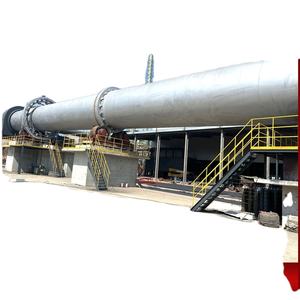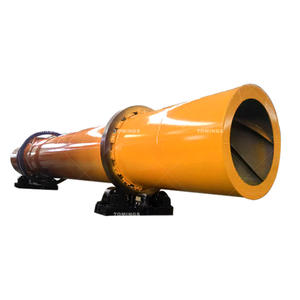**Forests Under Siege: Understanding How Heavy Machinery Contributes to Forest Degradation**
(Forests Under Siege: Understanding How Heavy Machinery Contributes to Forest Degradation)
Forests are among the most vital ecosystems on Earth, providing critical services such as carbon sequestration, biodiversity conservation, and climate regulation. However, these invaluable ecosystems are increasingly under threat from human activities, particularly those involving heavy machinery. As a mechanical engineer, it is essential to examine the role of heavy machinery in forest degradation, understand the mechanisms through which it causes harm, and explore potential solutions to mitigate its impact.
### The Role of Heavy Machinery in Forestry Operations
Heavy machinery, including bulldozers, excavators, skidders, and logging trucks, plays a significant role in modern forestry operations. These machines are designed to handle large-scale tasks such as tree felling, road construction, and timber transportation. While they enhance efficiency and productivity, their use often comes at a high environmental cost. The sheer size, weight, and power of these machines make them inherently disruptive to forest ecosystems.
### Mechanisms of Forest Degradation
1. **Soil Compaction**: One of the most immediate and severe impacts of heavy machinery is soil compaction. The immense weight of these machines compresses the soil, reducing its porosity and altering its structure. Compacted soil has lower water infiltration rates, which can lead to increased surface runoff and erosion. This, in turn, affects the soil’s ability to support plant growth, ultimately reducing forest regeneration capacity.
2. **Habitat Destruction**: Heavy machinery often clears large swathes of land, destroying habitats for countless species. The removal of vegetation and the disruption of soil layers can lead to the loss of microhabitats essential for insects, fungi, and other organisms. This habitat destruction can have cascading effects on the entire ecosystem, leading to reduced biodiversity.
3. **Fragmentation of Forest Landscapes**: The construction of roads and trails for machinery access fragments forest landscapes, creating barriers to wildlife movement. Fragmentation can isolate populations, reduce genetic diversity, and increase the vulnerability of species to extinction. Additionally, these access routes can facilitate illegal logging and other destructive activities, further exacerbating forest degradation.
4. **Pollution**: Heavy machinery is often powered by diesel engines, which emit pollutants such as nitrogen oxides (NOx) and particulate matter (PM). These emissions can degrade air quality and harm both human health and the environment. Furthermore, leaks of hydraulic fluids, lubricants, and fuels can contaminate soil and water sources, posing additional risks to forest ecosystems.
### Mitigating the Impact of Heavy Machinery
While heavy machinery is indispensable in modern forestry, there are several strategies to mitigate its environmental impact:
1. **Improved Machine Design**: Advances in mechanical engineering can lead to the development of lighter, more efficient machinery that exerts less pressure on the soil. Innovations such as low-ground-pressure tires and tracks can help reduce soil compaction. Additionally, the use of hybrid or electric machinery can minimize emissions and pollution.
2. **Best Management Practices**: Implementing best management practices (BMPs) can significantly reduce the environmental impact of forestry operations. These practices include planning machinery routes to minimize soil disturbance, using designated trails to reduce habitat destruction, and scheduling operations during dry periods to prevent soil erosion.
3. **Restoration and Rehabilitation**: Post-operation restoration efforts can help mitigate the damage caused by heavy machinery. Techniques such as reforestation, soil aeration, and the reintroduction of native species can aid in the recovery of degraded forest areas. Mechanical engineers can contribute by designing equipment specifically for these restoration activities.
4. **Regulatory Measures**: Governments and regulatory bodies can play a crucial role in mitigating the impact of heavy machinery by enforcing stricter environmental regulations. These regulations can include limits on machinery size and weight, mandatory use of BMPs, and requirements for environmental impact assessments before forestry operations commence.
### Conclusion
(Forests Under Siege: Understanding How Heavy Machinery Contributes to Forest Degradation)
Forests are under siege from various human activities, and heavy machinery is a significant contributor to their degradation. As mechanical engineers, we have a responsibility to understand the environmental impact of the machinery we design and operate. By advancing technology, implementing best practices, and advocating for stronger regulations, we can help mitigate the damage caused by heavy machinery and contribute to the preservation of our planet’s vital forest ecosystems. The challenge is significant, but with innovation and commitment, it is possible to balance the demands of modern forestry with the need to protect our natural heritage.


